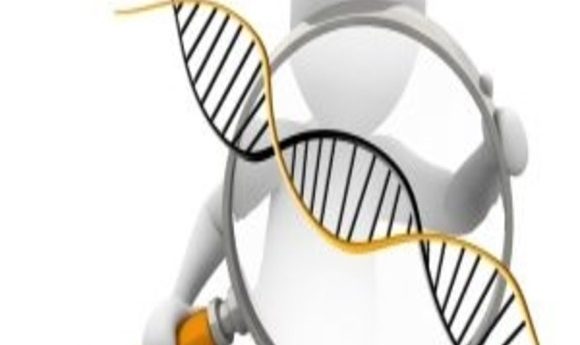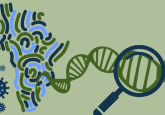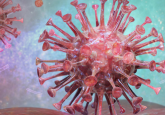Another blow to CRISPR-edited babies

The mutation introduced by Chinese scientist Jiankui He to the ‘CRISPR’ babies that sent shockwaves globally in 2018, has been associated with a 21% increase in mortality.
In 2018, Jiankui He sent shockwaves across the globe by announcing that he had utilized CRISPR technology to edit the genomes of two twin babies. He attempted to introduce a mutation to their CCR5 gene in order to prevent HIV infection. However, it has now been revealed that individuals with two copies of this mutation have a 21% increased mortality risk in later life.
In an analysis by researchers from the University of California, Berkeley (CA, USA), more than 400,000 genomes from the UK Biobank were scanned, with the outcome suggesting that those with two copies of the CCR5 gene had a significantly higher death rate between 41–78 years old than those with only one or no copies.
“Beyond the many ethical issues involved with the CRISPR babies, the fact is that, right now, with current knowledge, it is still very dangerous to try to introduce mutations without knowing the full effect of what those mutations do.”
Previous studies have associated two copies of the CCR5 gene with a fourfold increase in death rate after influenza infection. While this could be the cause of the overall increased mortality rate, the researchers believe that there are many other potential explanations for this as the CCR5 gene codes for a protein that is involved in multiple different functions.
“Beyond the many ethical issues involved with the CRISPR babies, the fact is that, right now, with current knowledge, it is still very dangerous to try to introduce mutations without knowing the full effect of what those mutations do,” commented senior author Rasmus Nielsen. “In this case, it is probably not a mutation that most people would want to have. You are actually, on average, worse off having it.”
“Because one gene could affect multiple traits, and because, depending on the environment, the effects of a mutation could be quite different, I think there can be many uncertainties and unknown effects in any germline editing,” added first author Xinzhu Wei.
One of the functions of the protein that the CCR5 gene codes for is that it sits on the surface of immune cells and helps some HIV strains to enter and infect them. Naturally occurring mutations in 11% of Northern Europeans disables the protein and protects them against HIV infection. However, this is rare in the Asian population and something He aimed to replicate.
-
Expanding the reach of gene editing
-
CRISPR for the CNS
-
CRISPR upgraded from ‘scissors’ to ‘shredder’
He was unsuccessful in duplicating the naturally occurring mutation but managed to introduce an alternative mutation that would also disable the protein. However, inactivating a protein that is found in most humans and animals was always likely to have negative repercussions.
“Here is a functional protein that we know has an effect in the organism, and it is well-conserved among many different species, so it is likely that a mutation that destroys the protein is, on average, not good for you,” Nielsen explained. “Otherwise, evolutionary mechanisms would have destroyed that protein a long time ago.”
After He’s revelation, Nielsen and Wei investigated the impact of introducing mutations to the CCR5 gene and discovered the implication of a high mortality rate for those with two mutated genes. There were fewer people than expected with two mutations enrolled in the database, indicating they had died at a higher rate than the general population, and less than expected survived between 41 – 78 years.
“Both the proportions before enrolment and the survivorship after enrolment tell the same story, which is that you have lower survivability or higher mortality if you have two copies of the mutation,” explained Nielsen. “There is simply a deficiency of individuals with two copies.”
“I think there are a lot of things that are unknown at the current stage about genes’ functions,” Wei concluded. “The CRISPR technology is far too dangerous to use right now for germline editing.”





